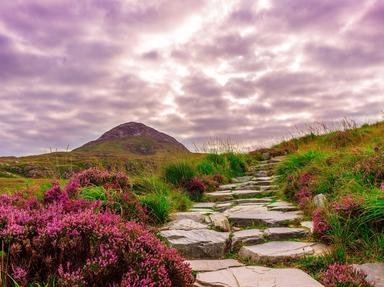Quiz Answer Key and Fun Facts
1. We already know that Roscommon is centrally situated in Ireland, but in which of the four Irish Provinces is it located?
2. The small town of Boyle is located in County Roscommon, and in 1917 an Irish political party won its first ever seat here in the Irish parliament. The question is, which political party was this?
3. Lough Key, in the northwest of County Roscommon, flows into which major Irish river?
4. County Roscommon is labelled the "Centre of Ireland" but precisely which location claims this title?
5. The Derryglad Folk & Heritage Museum in Roscommon is well worth a visit, but who owns and runs this centre?
6. Roscommon Castle, which is now in ruins, was built in which century?
7. Elphin Windmill in County Roscommon is the oldest operational windmill in Ireland, but when was it built?
8. The actress who starred as Jane in the "Tarzan" movies was born in Boyle, in County Roscommon. Are you able to name her?
9. William Wilde, the father of Oscar Wilde, was born in County Roscommon, but in which field did he excel?
10. The village of Keadue in County Roscommon twice punched above its weight by winning which Irish award in 1993 and 2003?
Source: Author
moonraker2
This quiz was reviewed by FunTrivia editor
agony before going online.
Any errors found in FunTrivia content are routinely corrected through our feedback system.
